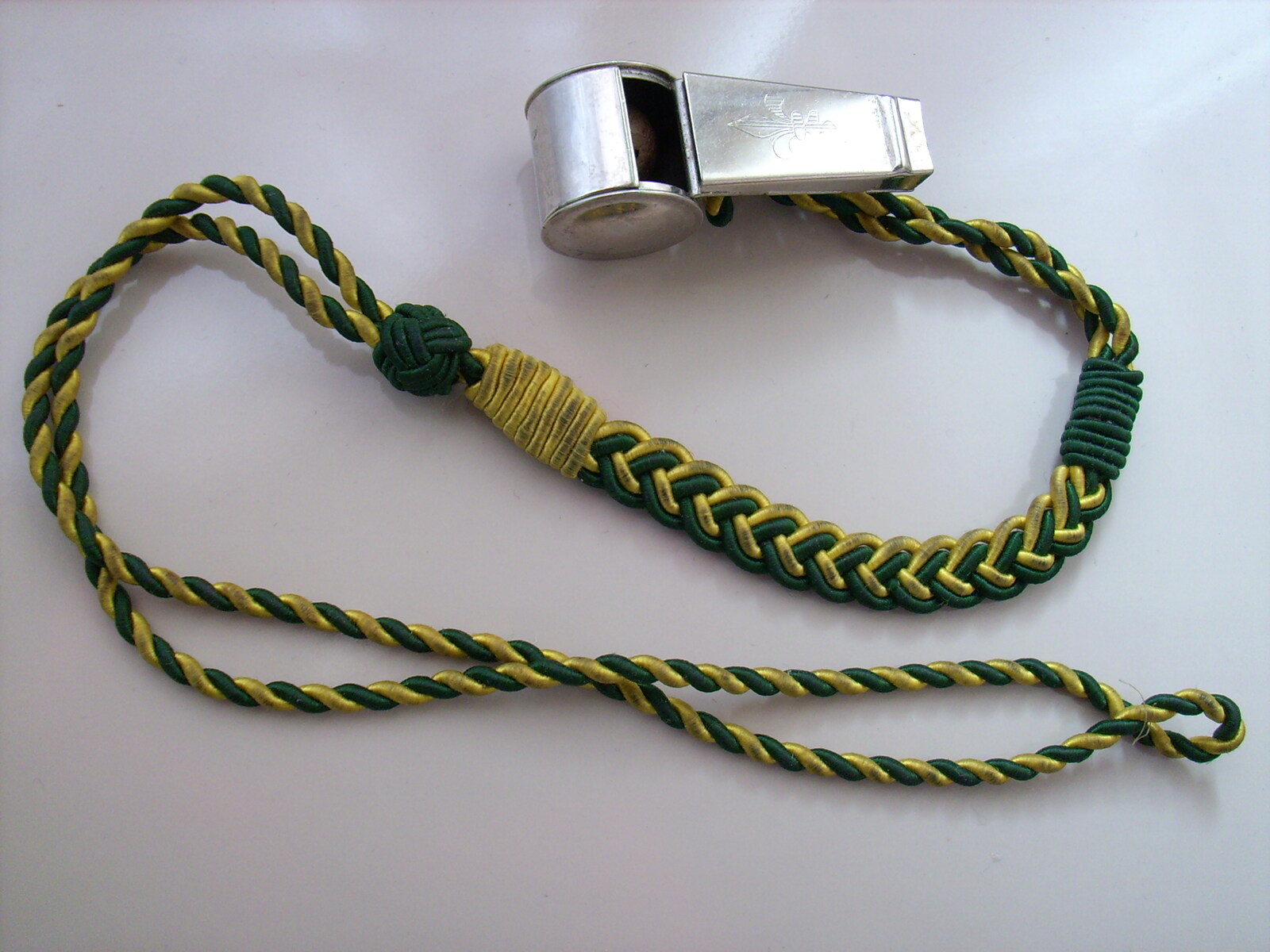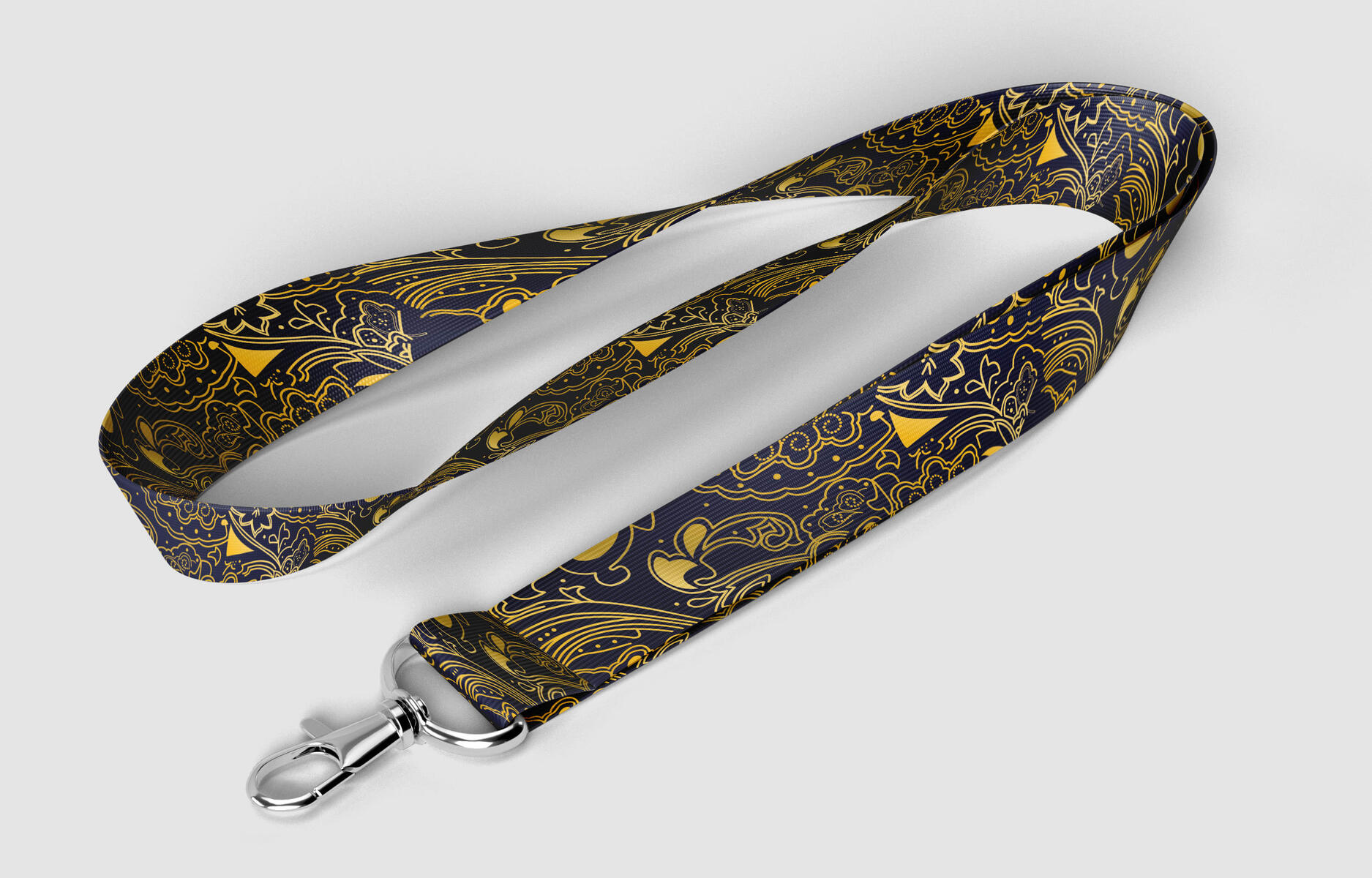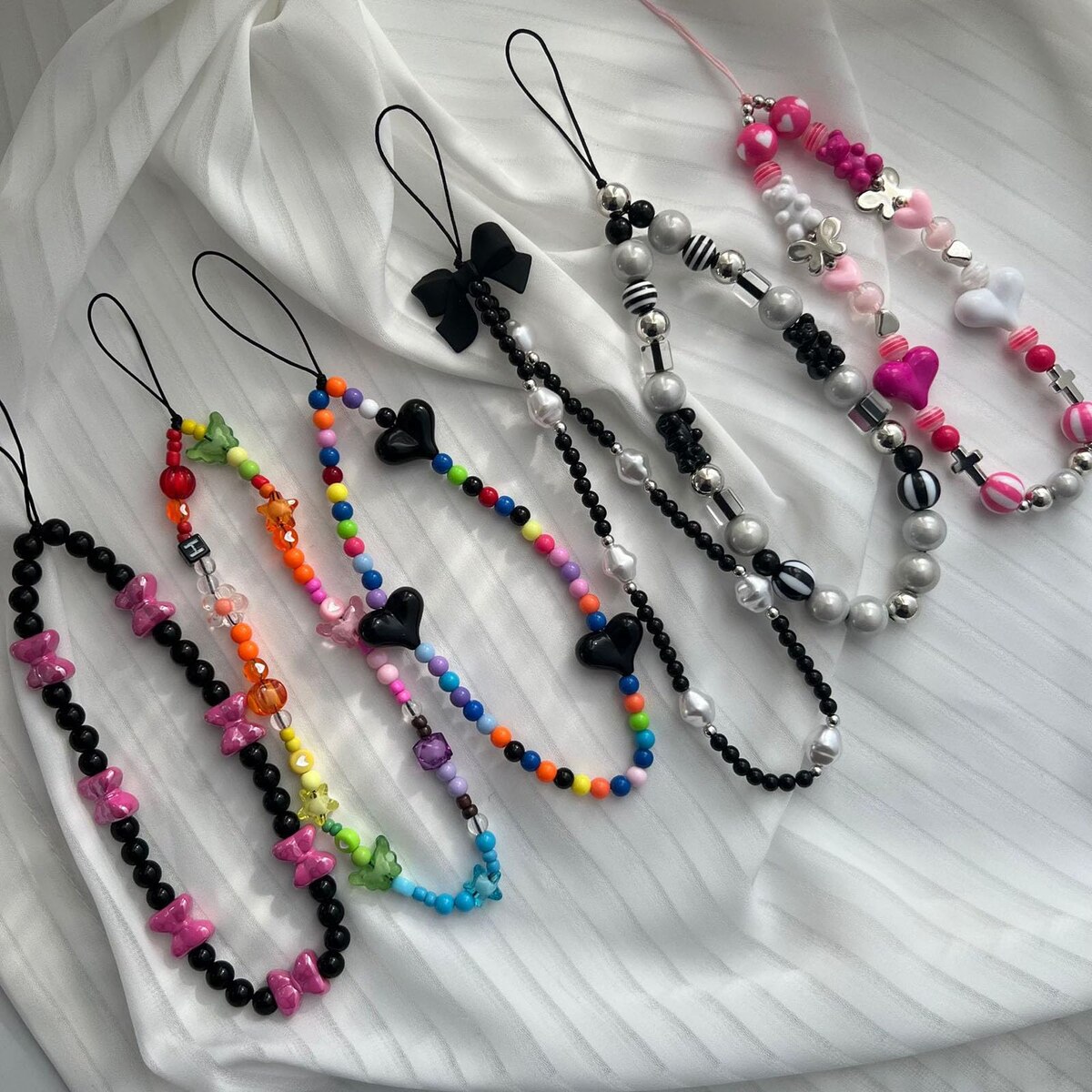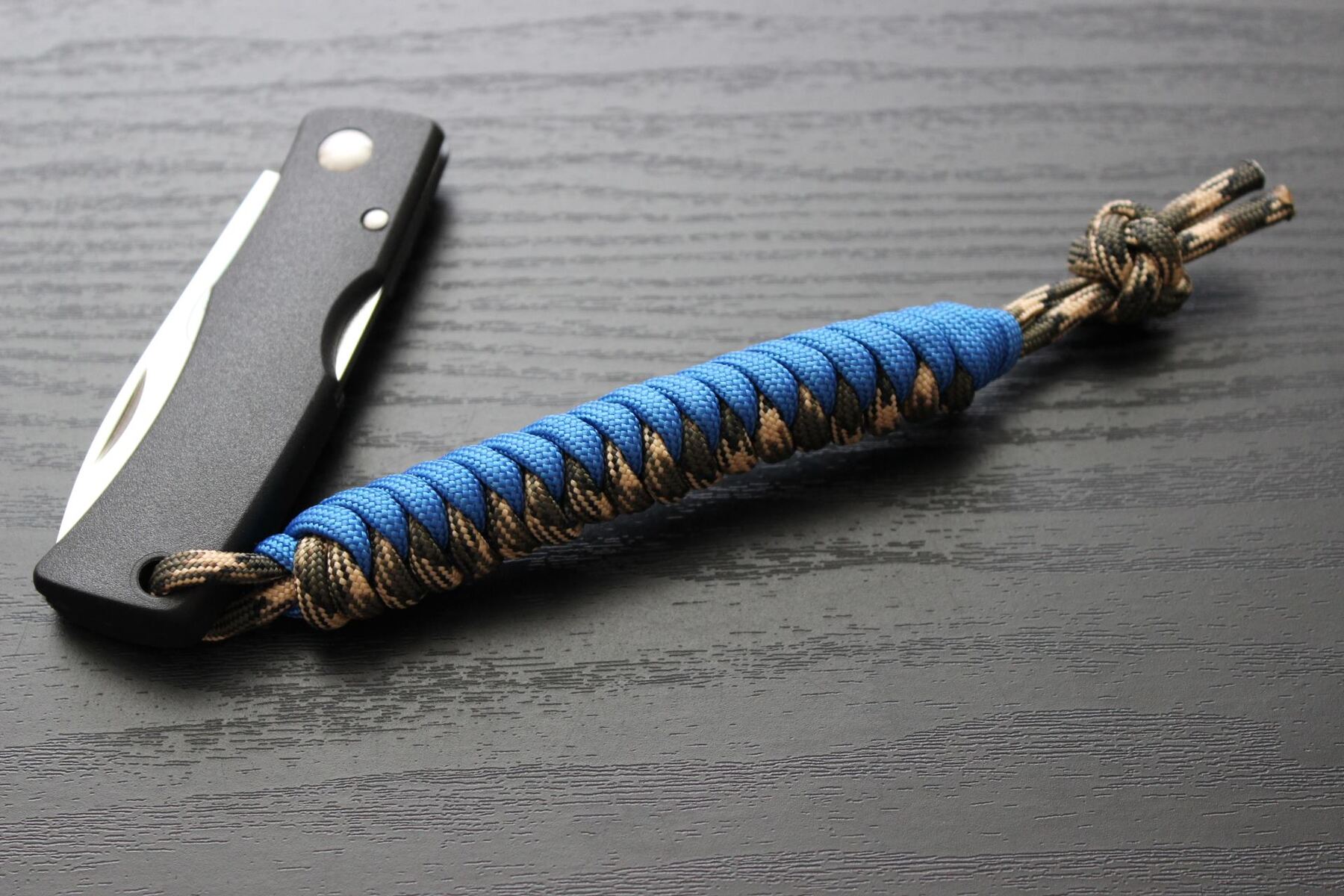Introduction
Lanyards have become an integral part of our daily lives, serving a multitude of purposes beyond their initial function. These versatile accessories have evolved from their humble beginnings as utilitarian tools to become fashion statements, practical work aids, and even military essentials. Tracing the origins of lanyards unveils a fascinating journey through history, offering insights into their cultural significance and widespread adoption.
The evolution of lanyards mirrors the progression of human civilization, with their early iterations dating back to ancient times. Initially crafted from materials such as leather and cord, lanyards were primarily used to secure items, such as whistles or swords, around the neck or wrist. Over time, their utility expanded, leading to the incorporation of various fastenings and embellishments to enhance both their functionality and aesthetic appeal.
As we delve into the rich history of lanyards, we will uncover their diverse roles in different contexts, from military applications to workplace safety measures. Moreover, we will explore the influence of lanyards on fashion trends, where they have transcended their practical origins to become stylish accessories that reflect personal flair and individuality.
The modern-day lanyard continues to adapt to the changing needs of society, with innovative designs and materials catering to a wide range of purposes. From holding identification badges in corporate settings to adding a touch of elegance to everyday attire, lanyards have seamlessly integrated into our contemporary lifestyles, embodying both functionality and fashion.
Join us on this captivating journey as we unravel the captivating history and multifaceted significance of lanyards, shedding light on their enduring relevance in today's dynamic world.
The History of Lanyards
The history of lanyards can be traced back to ancient times, where these versatile accessories served practical purposes across various civilizations. The earliest iterations of lanyards were crafted from materials such as leather, cord, and other natural fibers. They were ingeniously designed to secure essential items, including whistles, keys, and small tools, around the neck or wrist, ensuring easy access while keeping the hands free for other tasks.
One of the earliest documented uses of lanyards dates back to ancient China, where they were employed as a practical solution for securing weaponry during battle. Soldiers utilized lanyards to tether their swords and daggers, enabling swift and efficient access to their weapons during combat. This early application highlights the functional significance of lanyards in ensuring the readiness and accessibility of essential tools in high-stakes environments.
The concept of lanyards transcended geographical boundaries, with similar adaptations emerging in ancient Greece and Rome. In these civilizations, lanyards were employed for a diverse range of purposes, from securing military instruments to safeguarding valuable items. The evolution of lanyards continued as they gained prominence in maritime settings, where sailors utilized them to tether crucial navigational instruments and tools, ensuring their availability in the unpredictable and often perilous conditions at sea.
Throughout history, lanyards evolved alongside technological advancements and societal needs. The Industrial Revolution marked a significant turning point, as lanyards found applications in various industrial settings. Workers utilized lanyards to secure tools and equipment, enhancing workplace safety and efficiency. This transition underscored the adaptability of lanyards, as they seamlessly integrated into the evolving fabric of human labor and industry.
As we reflect on the historical trajectory of lanyards, it becomes evident that their evolution has been deeply intertwined with the progression of human civilization. From their humble origins in ancient civilizations to their widespread adoption in modern contexts, lanyards have continually adapted to meet the changing needs of society, embodying both practical functionality and cultural significance.
The historical journey of lanyards serves as a testament to their enduring relevance and adaptability, laying the groundwork for their multifaceted roles in contemporary society. As we delve deeper into the historical tapestry of lanyards, we gain a profound appreciation for their evolution from utilitarian tools to versatile accessories that have left an indelible mark on human history.
Lanyards in the Military
Lanyards have played a pivotal role in military history, serving as essential accessories that combine practical functionality with symbolic significance. The military application of lanyards can be traced back to ancient warfare, where they were utilized to secure weapons and maintain readiness on the battlefield. In addition to their utilitarian function, lanyards held profound symbolic meaning, signifying rank, valor, and allegiance within military hierarchies.
One of the earliest documented uses of lanyards in the military context dates back to the Napoleonic Wars, where they were employed by various European armies. Lanyards, often adorned with distinctive colors and intricate braiding, were attached to the hilt of a soldier's sword, serving as a practical means of securing the weapon while also denoting the soldier's rank and regiment. This dual functionality underscored the seamless integration of practicality and symbolism within military lanyards.
As military tactics and technologies evolved, lanyards continued to adapt to the changing needs of warfare. During the First and Second World Wars, lanyards found widespread use across different branches of the military. In addition to securing weapons, they were employed to tether essential equipment, such as whistles and compasses, providing quick and convenient access to critical tools in the heat of battle. Furthermore, lanyards became emblematic of military honor, with distinct variations denoting specific achievements, affiliations, and acts of valor.
The significance of lanyards in the military extended beyond their practical applications, as they became enduring symbols of camaraderie and shared experiences among soldiers. Lanyards adorned with distinctive insignia and colors served as potent reminders of collective identity and unwavering commitment to duty, fostering a sense of unity and pride within military units.
In modern military contexts, lanyards continue to hold cultural and ceremonial significance, often featuring prominently in formal dress uniforms and ceremonial attire. They serve as visual markers of rank, achievement, and affiliation, embodying the rich traditions and heritage of military service. Whether adorning the uniforms of officers or serving as a symbol of distinction for specialized units, lanyards remain deeply entrenched in the military ethos, preserving a legacy of honor, valor, and unwavering dedication to duty.
The enduring presence of lanyards in the military underscores their timeless relevance and enduring significance within the context of armed forces worldwide. Their evolution from practical accessories to revered symbols of military heritage reflects the seamless fusion of tradition, functionality, and symbolism that defines their enduring legacy within the military domain.
Lanyards in the Workplace
Lanyards have seamlessly integrated into the fabric of modern workplaces, serving as indispensable accessories that combine practical functionality with essential safety measures. In corporate settings, lanyards are commonly utilized to hold identification badges, access cards, and other credentials, providing a convenient and visible means of identifying employees and authorized personnel. This simple yet effective application ensures seamless access control and enhances security protocols within the workplace environment.
Beyond their role in identification and access management, lanyards play a crucial part in promoting workplace safety. Many organizations incorporate lanyards as part of their safety protocols, attaching them to essential items such as keys, tools, and small equipment. By securing these items to the individual, lanyards reduce the risk of misplacement or accidental dropping, contributing to a safer and more organized work environment.
The adaptability of lanyards extends to various industries, including healthcare, manufacturing, and hospitality, where they serve diverse functions tailored to specific operational needs. In healthcare settings, lanyards are instrumental in holding identification badges and access cards, allowing for quick and reliable identification of medical personnel and staff. Furthermore, lanyards are utilized to secure essential medical equipment and tools, ensuring their accessibility while maintaining a hygienic and organized workspace.
In manufacturing and industrial environments, lanyards contribute to workplace efficiency and safety by securing tools and equipment to the individual, minimizing the risk of hazards associated with loose items. This proactive approach to safety underscores the practical utility of lanyards in high-risk work settings, where maintaining an organized and hazard-free environment is paramount.
The hospitality industry also benefits from the versatility of lanyards, with staff members utilizing them to display identification badges and access keys, facilitating seamless guest interactions and ensuring secure access to restricted areas. Additionally, lanyards serve as visual identifiers of staff roles and responsibilities, contributing to the professional and cohesive image of hospitality establishments.
The widespread adoption of lanyards in the workplace underscores their instrumental role in enhancing operational efficiency, promoting safety, and reinforcing corporate identity. Their seamless integration into diverse professional environments reflects their adaptability and practical value, making them indispensable tools for modern workplaces striving to maintain a secure, organized, and efficient operational framework.
Lanyards in Fashion
Lanyards have transcended their traditional role as utilitarian accessories, making a remarkable foray into the realm of fashion. What was once primarily associated with practicality and functionality has evolved into a stylish and versatile fashion statement, reflecting individuality and personal expression.
In contemporary fashion, lanyards have emerged as adaptable accessories that effortlessly blend form and function. The incorporation of innovative designs, materials, and embellishments has elevated lanyards to coveted fashion essentials, offering a seamless fusion of practical utility and aesthetic appeal. From vibrant colors and intricate patterns to luxurious materials such as silk and leather, lanyards have undergone a remarkable transformation, becoming an integral part of fashion ensembles.
The versatility of lanyards in fashion is exemplified by their ability to complement a wide range of styles, from casual and sporty to sophisticated and elegant. Whether paired with everyday attire or incorporated into high-fashion looks, lanyards add a touch of flair and individuality to outfits, serving as eye-catching accessories that capture attention and reflect personal taste.
Fashion designers and brands have embraced lanyards as a canvas for creativity, infusing them with unique elements that resonate with diverse fashion sensibilities. The integration of decorative beads, charms, and pendants has transformed lanyards into statement pieces that exude charm and personality. Additionally, the customization options available for lanyards, including personalized engravings and monograms, allow individuals to imbue these accessories with a distinct and meaningful touch, further enhancing their appeal in the fashion landscape.
The influence of lanyards in fashion extends beyond their visual impact, as they offer practical benefits such as hands-free convenience and organizational functionality. Lanyards designed to hold keys, wallets, or small accessories provide a stylish solution for carrying essentials while maintaining a fashionable aesthetic. This seamless convergence of style and utility has solidified lanyards' status as fashion-forward accessories that cater to modern lifestyles.
Furthermore, the resurgence of retro and vintage fashion trends has contributed to the renewed popularity of lanyards, with nostalgic designs and motifs evoking a sense of timeless charm and allure. Whether inspired by classic motifs or reimagined with contemporary elements, lanyards continue to captivate fashion enthusiasts, offering a versatile accessory that seamlessly transitions from casual outings to formal occasions.
In essence, the evolution of lanyards in fashion underscores their enduring appeal and adaptability, positioning them as indispensable accessories that effortlessly blend practicality with style. As fashion continues to evolve, lanyards stand poised to maintain their presence as versatile and fashion-forward accessories that resonate with individuals seeking a harmonious balance of functionality and fashion in their everyday ensembles.
The Modern-Day Lanyard
The modern-day lanyard represents a culmination of centuries of evolution, embodying a seamless fusion of practical functionality, contemporary style, and technological innovation. As society continues to embrace a dynamic and interconnected lifestyle, lanyards have adapted to meet the diverse needs of individuals across various domains, from professional settings to everyday life.
In the corporate sphere, lanyards have become synonymous with identity and access management, serving as essential tools for displaying identification badges, access cards, and credentials. The integration of advanced security features, such as RFID technology, has enhanced the functionality of lanyards, providing secure and efficient access control within corporate environments. Furthermore, the customization options available for lanyards allow organizations to reinforce their brand identity and corporate image, creating a cohesive and professional visual representation for their employees.
Beyond the workplace, lanyards have found resonance in leisure and recreational activities, offering a convenient and stylish solution for carrying essentials such as keys, wallets, and small accessories. The versatility of modern lanyards is exemplified by their adaptability to various lifestyles, catering to the needs of individuals seeking a balance between practicality and fashion-forward aesthetics.
Technological advancements have further propelled the evolution of lanyards, with innovative designs incorporating features such as detachable clips, retractable reels, and integrated device holders. These enhancements reflect the seamless integration of modern technology into the design and functionality of lanyards, catering to the digital age and the ubiquitous presence of devices in everyday life.
Moreover, the sustainability and eco-conscious movement have influenced the materials used in modern lanyards, with a shift towards environmentally friendly options such as recycled polyester, organic cotton, and biodegradable materials. This eco-friendly approach aligns with the heightened awareness of environmental responsibility, offering individuals the opportunity to make conscientious choices while embracing the practical utility of lanyards.
The modern-day lanyard stands as a testament to its enduring relevance and adaptability, embodying the convergence of tradition and innovation. As societal needs continue to evolve, lanyards are poised to remain indispensable accessories that seamlessly integrate into the fabric of modern life, reflecting a harmonious blend of practical utility, contemporary style, and technological progress.

























